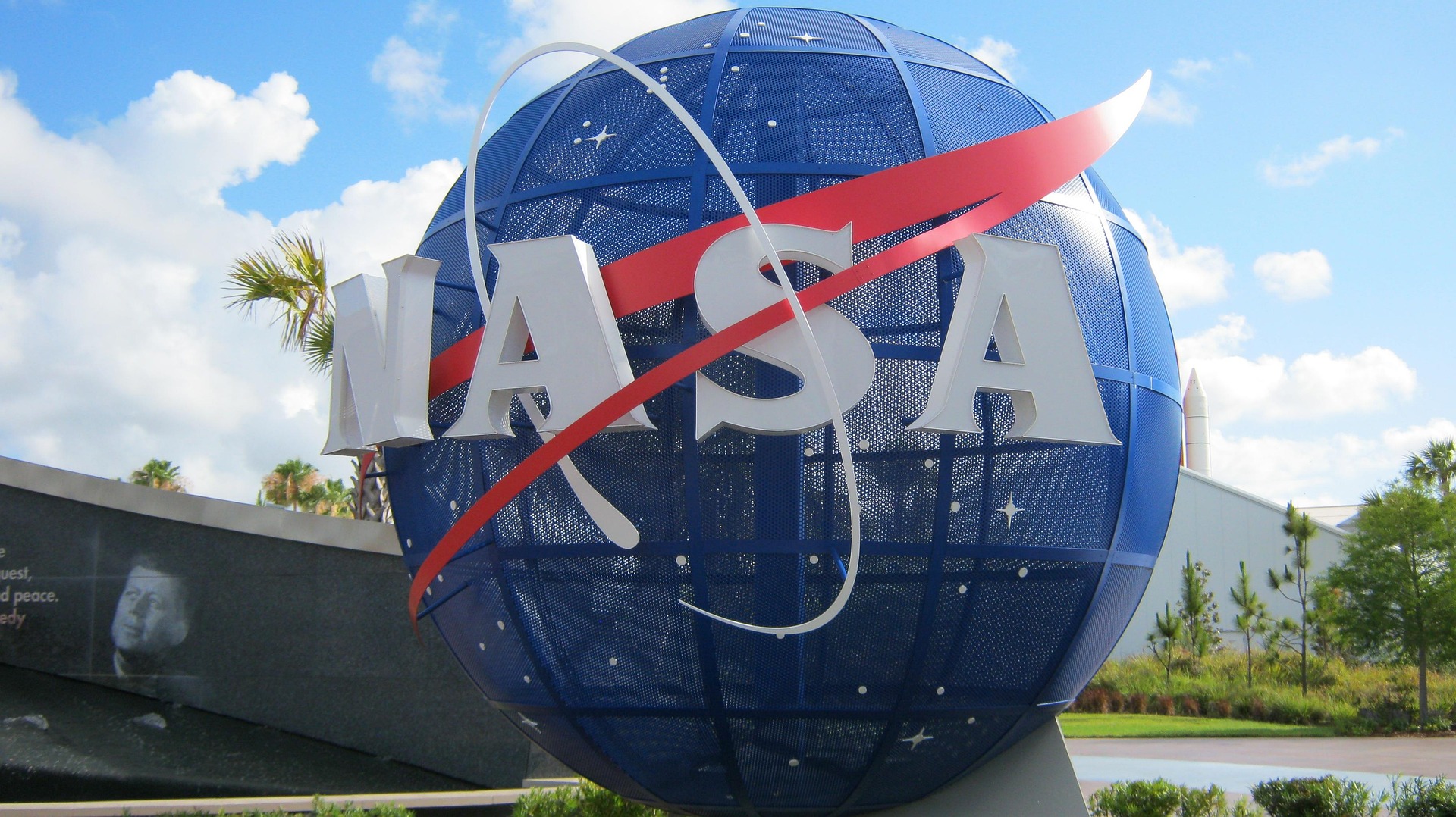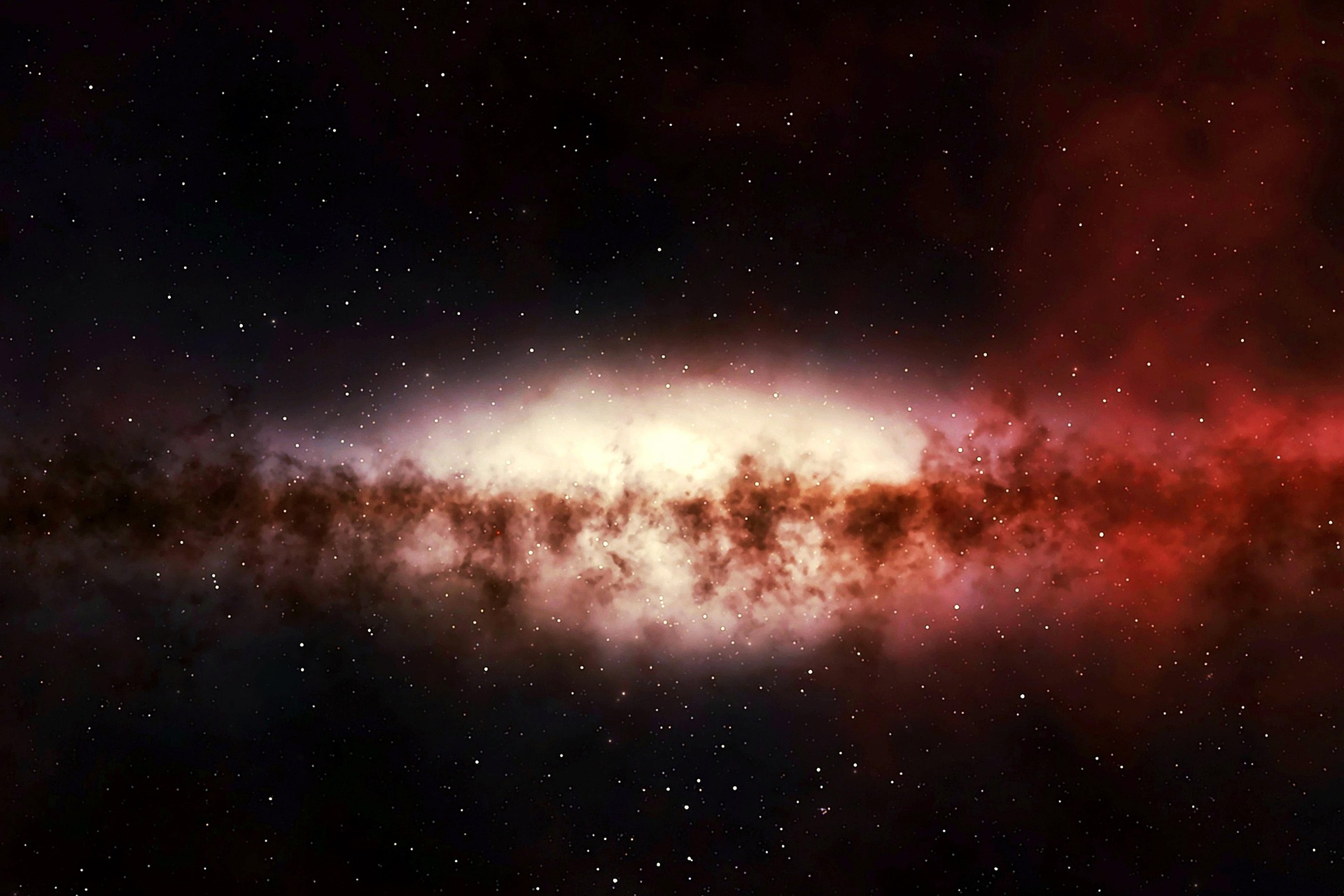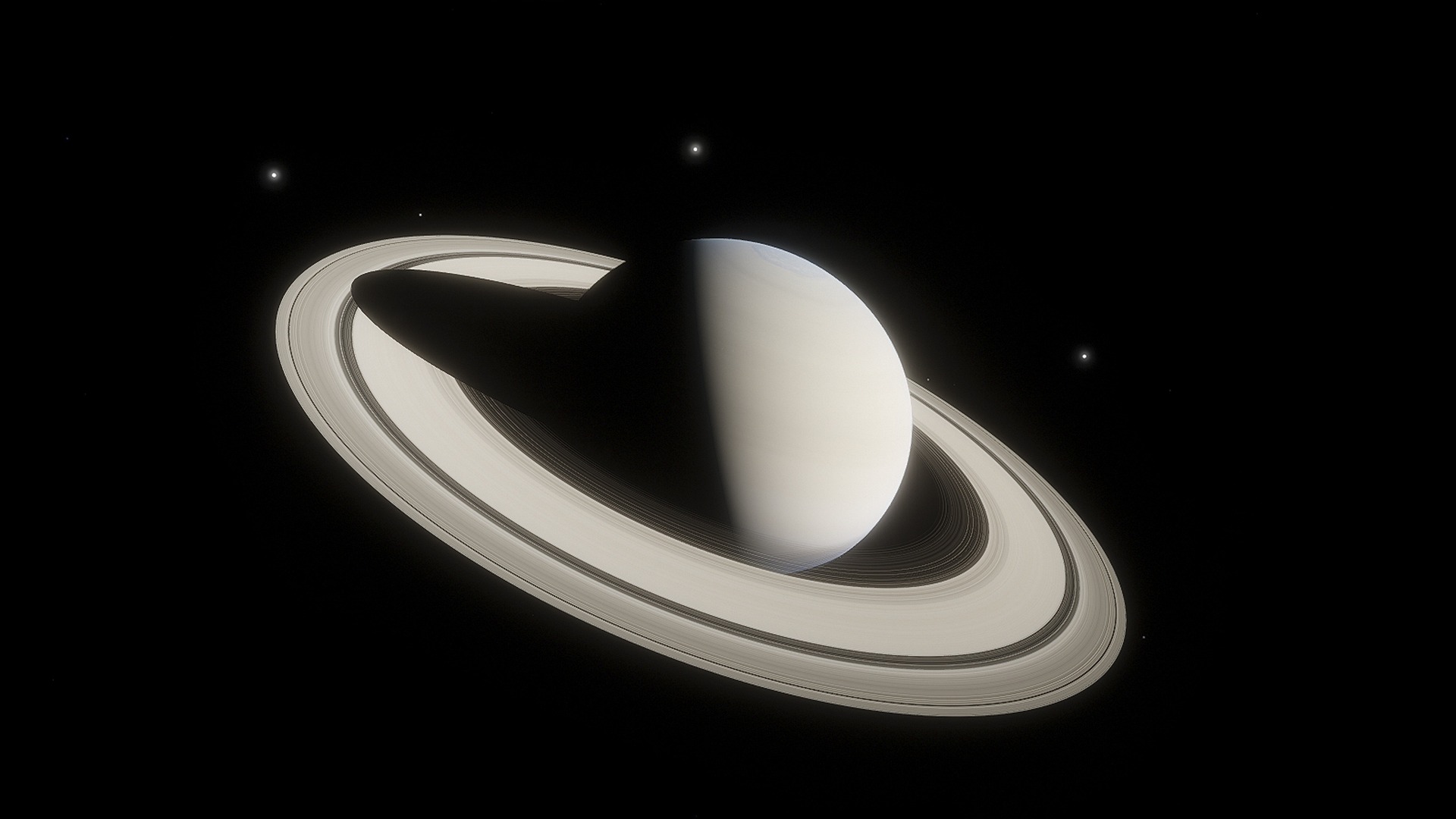NASA’s Artemis III mission, scheduled for mid-2027, will mark humanity’s return to the Moon for the first time since Apollo 17 in 1972. This mission will focus on landing astronauts near the lunar South Pole, a region of great scientific interest due to the potential presence of water ice.
Mission Overview
- Launch Vehicle: The Space Launch System (SLS) Block 1 rocket will be the primary launch vehicle for Artemis III.
- Crew Transport: Astronauts will be transported from Earth to lunar orbit aboard the Orion spacecraft.
- Lunar Lander: SpaceX’s Starship Human Landing System (HLS) will carry astronauts from lunar orbit to the Moon’s surface and back.
- Surface Operations: Astronauts will spend approximately 6.5 days on the lunar surface, conducting scientific experiments and collecting valuable samples.
Crew Composition and Diversity Goals
NASA initially emphasized the goal of landing the first woman and the first person of color on the Moon as part of the Artemis program. However, recent communication updates from the agency have removed explicit references to these diversity goals, stating that this change does not alter the selection process for astronauts.
Lunar South Pole Landing Sites
NASA has identified nine potential landing sites near the lunar South Pole for Artemis III. These locations were chosen for their scientific value, the amount of sunlight they receive, and their communication capabilities. The presence of potential water ice deposits in the region could be key to supporting future lunar exploration and habitation.
Space Suits for the Mission
Astronauts on Artemis III will wear the Axiom Extravehicular Mobility Unit (AxEMU) spacesuit, developed in collaboration with Prada. Designed to withstand the harsh conditions of the lunar surface, the AxEMU features advanced technologies such as biometric monitoring, custom gloves and boots, and a cooling system. These suits are built to ensure astronaut safety during extended operations on the Moon.
Challenges and Delays
Technical challenges, including issues with the Orion spacecraft’s heat shield and life support system, have caused delays in the Artemis III mission. These obstacles have pushed the mission’s launch date to mid-2027. NASA is actively addressing these issues to ensure the mission’s success.





